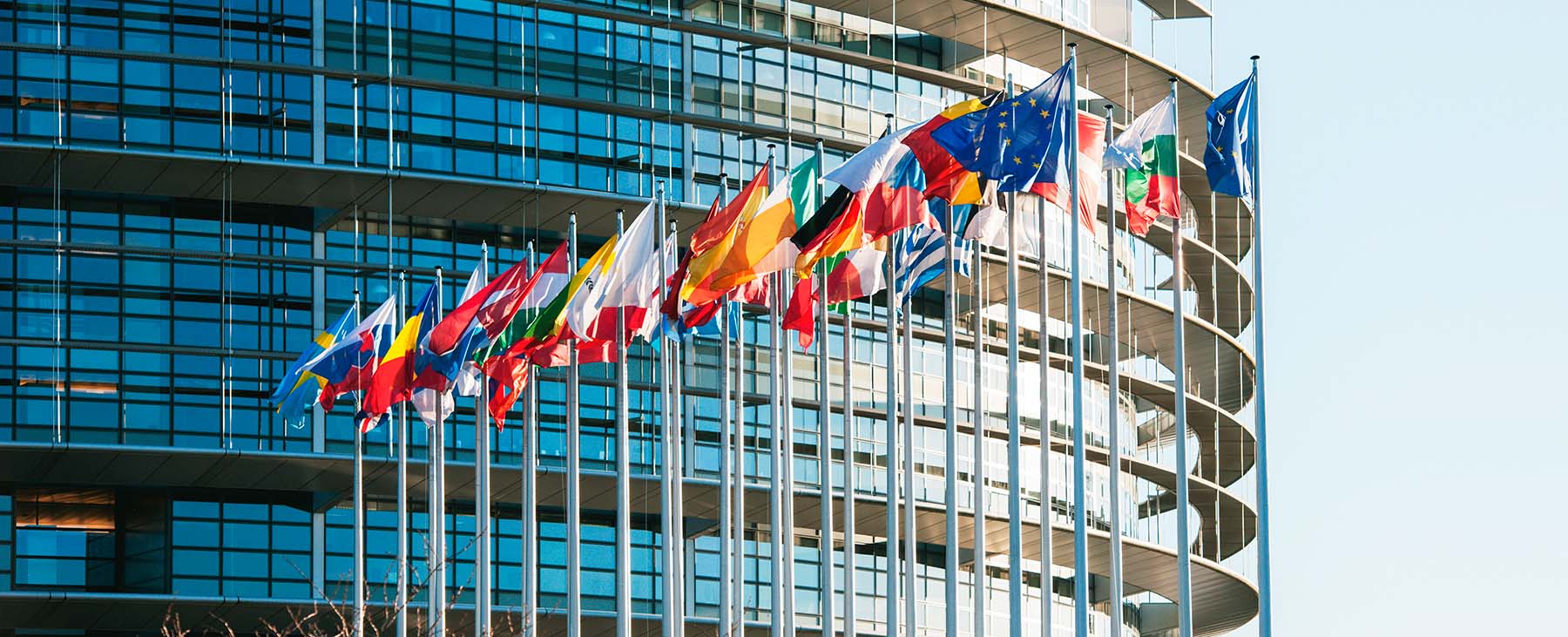

EU’s idea to plug the DGF hole
The European Union is finalising the details of legislation for a common deposit guarantee fund that would come into force in 2028. In the first phase, it would be limited to supporting national guarantee funds, but would later become a single European fund for all depositors.
The Deposit Guarantee Fund (DGF) guarantees that, if a bank fails and cannot meet its obligations to its customers, the savings we have in the country’s banks by means of a fixed-term deposit are protected up to a maximum of 100,000 euros per natural or legal person. Therefore, the country’s FGD would be responsible for compensating account holders for savings of up to a maximum of 100,000 euros.
According to the FGD’s latest annual report, the Spanish state had 4,191 billion euros at its disposal in 2020, against a historical maximum of 958.9 billion euros that customers had on deposit in 2021, according to data provided by the Bank of Spain. In other words, the total accumulated by the Deposit Guarantee Fund would only cover 0.5% of guaranteed deposits at this date. Hence, the DGF is not in a position to face bank failures.
A new push for banking union
Faced with this black hole, which is not exclusive to the Spanish FGD and which would prevent it from covering the losses of multiple bank failures, the European Union decided to speed up the banking union of the eurozone member states. The president of the Eurogroup, Paschal Donohoe, presented a plan to eurozone finance ministers in which he proposed two phases for implementing a mutualised fund to guarantee deposits.
In the first phase, which is expected to come into operation in 2025, a European guarantee mechanism would be put in place that would support national guarantee funds, granting them loans, when, in the event of a bank failure, they do not have sufficient capacity to return guaranteed deposits of up to 100,000 euros or to finance the resolution of the institution. Each country’s contribution to this European fund would be determined according to the solvency and exposure of the banks to the sovereign debt of its state.
Subsequently, in 2028, a second phase would come into force, which would consist of moving into a mutualised system in which a common European fund would be responsible for protecting the deposits of all member states. For years, this proposal has been opposed by Germany, which was reluctant to take on the risk of mutualising deposit protection for peripheral countries.
MIEs insure 100% of deposits
Unlike traditional banks, financial institutions such as 11Onze, with EMI (Electronic Money Institution) licences, are obliged to guarantee 100% of their customers’ deposits. Money that does not form part of the balance sheet of the EMI itself and therefore remains protected by insurance, which guarantees full recovery of savings in the event of the bankruptcy of the financial institution.
In addition, EMI-licensed financial institutions are not allowed to sell high-risk banking products, promote investment products, or recommend credit-risky transactions to customers. However, unlike traditional banks, they are not allowed to use customer deposits for lending. Therefore, they offer zero risk and ensure that their customers’ savings are 100% safe, regardless of the European regulation on deposit insurance.
If you want to know more about superior options to make your money profitable, go to Guaranteed Funds. From 11Onze Recomana we propose you the best options in the market.





gràcies
Gràcies a tu, Joan!!!
Comparteixo l’article. I entenc la posició d’Alemanya.
Moltes gràcies pel teu comentari, Pere!!!
Garantia 100% quan ho he comentat a amics han fet cara d’incredulitat,es fa difícil creure que un banc garanteixo la totalitat dels diners
Gràcies per l’explicació de l’EMI
És una cosa que no s’explica gaire pels mitjans, potser perquè no interessa als que els financen.
Molt bon article, em de tindre en compte que els bancs tradicionals ho tenen tot lligat i ben lligat 😉
Per això s’ha de difondre aquest tipus d’informació perquè la gent estigui assabentada. Gràcies, Jesus Manuel!
Assegurar els estalvis…Bon article!
Sí, aquest és un dels motius de pes per optar per una EMI. Gràcies per seguir-nos, Francesc!
Bon article. Aclarir i informar una i altre vegada, que vagi quallant a la població. Necessitem alternatives més segures. Gràcies.
Moltes gràcies pel teu comentari, Pere!!!
L’Article és interessant i ben explicat, per difondre.
Crec que molta gent ho veu al revés, no és fien de les EMI, la paraula electrònica els fa basarda. Necessiten trepitjar el terra d’una oficina de tant en tant. El canvi generacional ho anirà canviant, però cal molta informació perquè de moment , generalitzant, encara n´hi ha pocs, entre els que ho entenen, que tinguin prou diners per a valorar-ho.
La banca tradicional no deixa saber fàcilment el que té de negatiu. Són capaços, si algú pregunta, de dir que d’aquí poc estarà solucionat. El projecte encara està en condicional, i la rapidesa no és precisament una virtut de la UE.
Tota la raó, Mercè. M’hi he trobat amb diversos clients i, quan els explico la garantia d’una EMI, que millora infinitament la que pot oferir un compte tradicional, el més habitual és que es quedin parats, perquè no en tenien coneixement previ.
👍 Molt bon article
Ens complau molt que t’hagi agradat, Manuel!